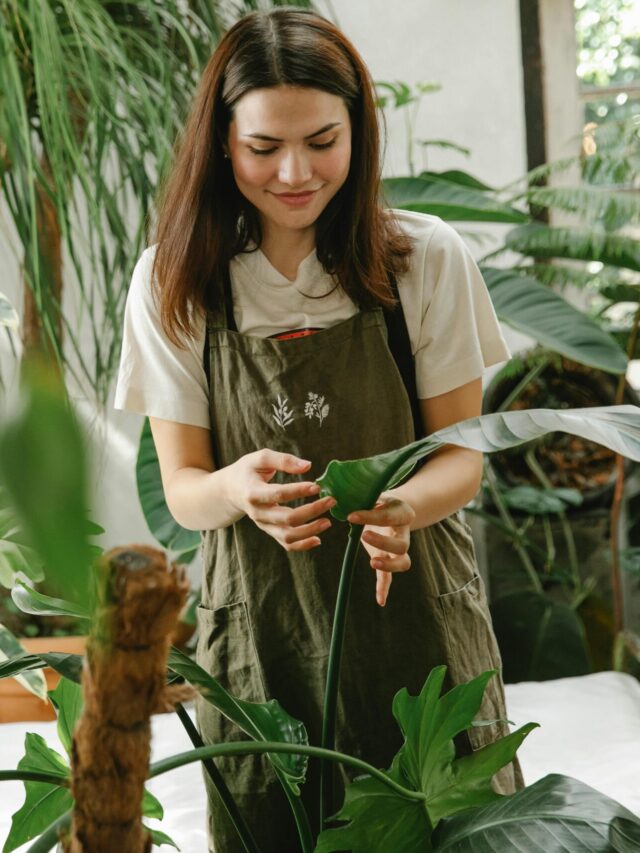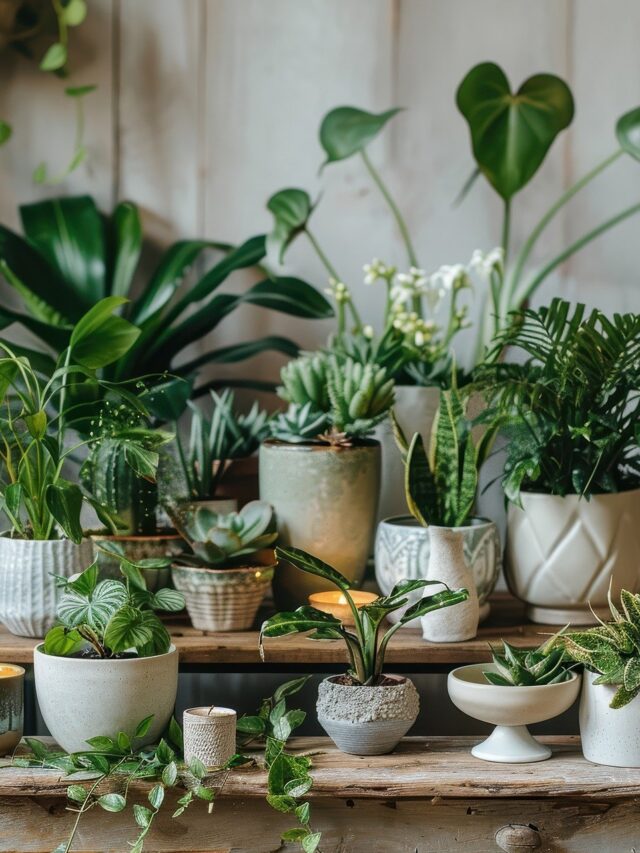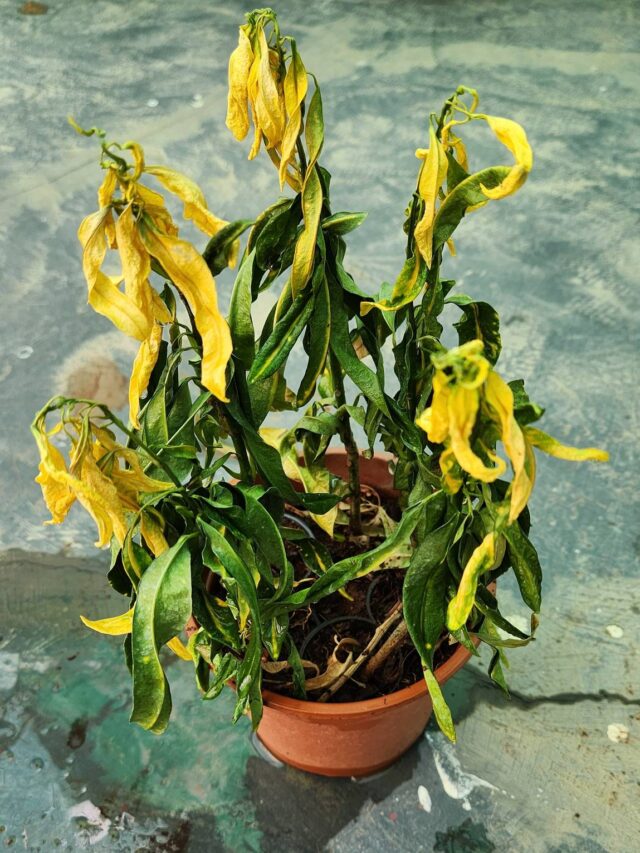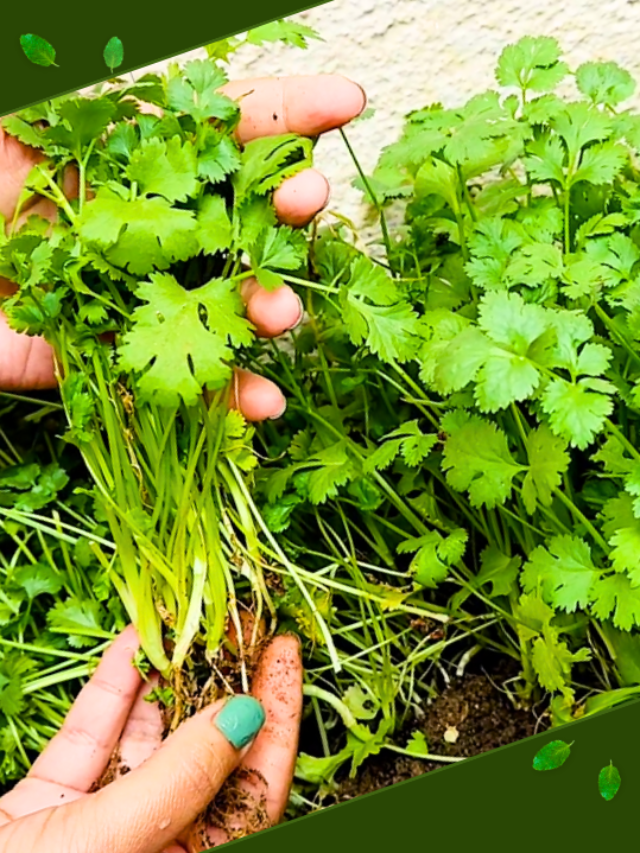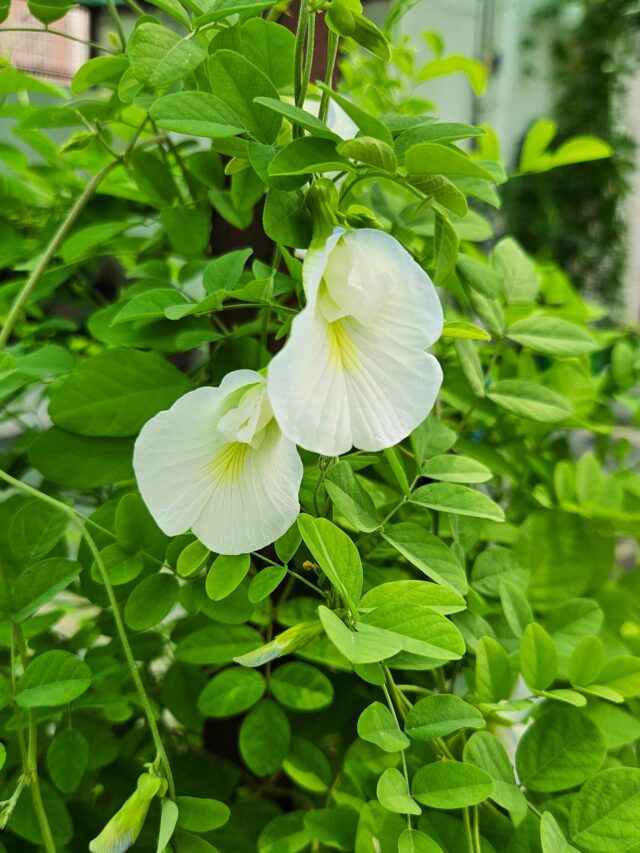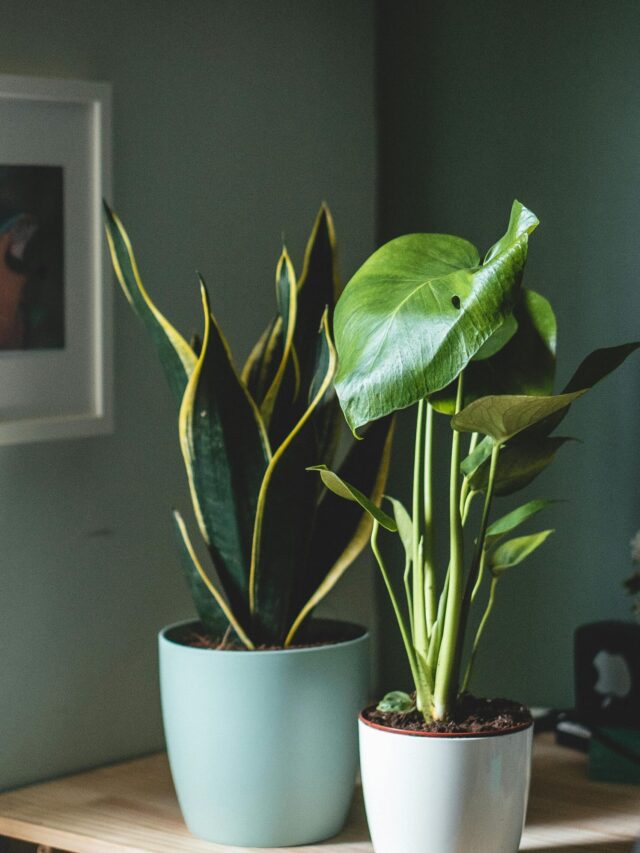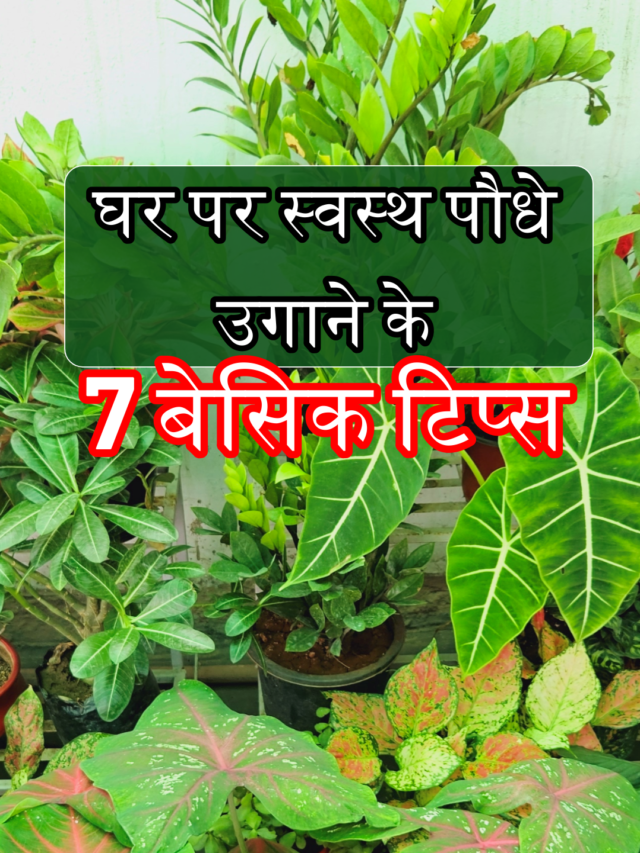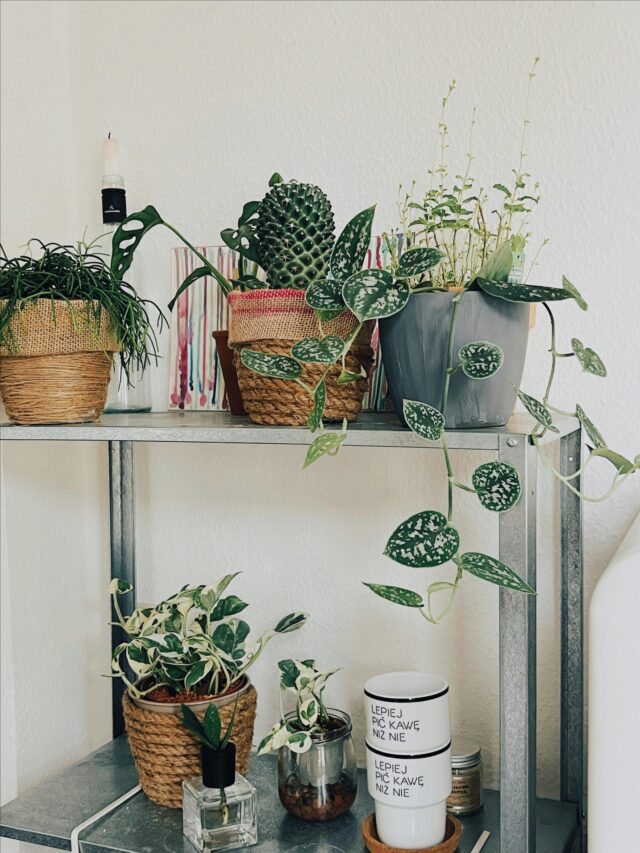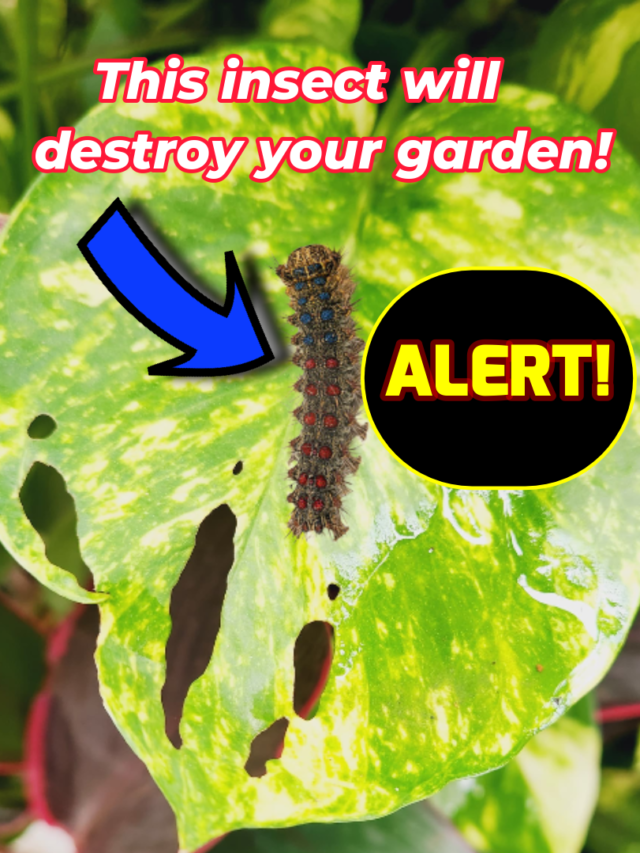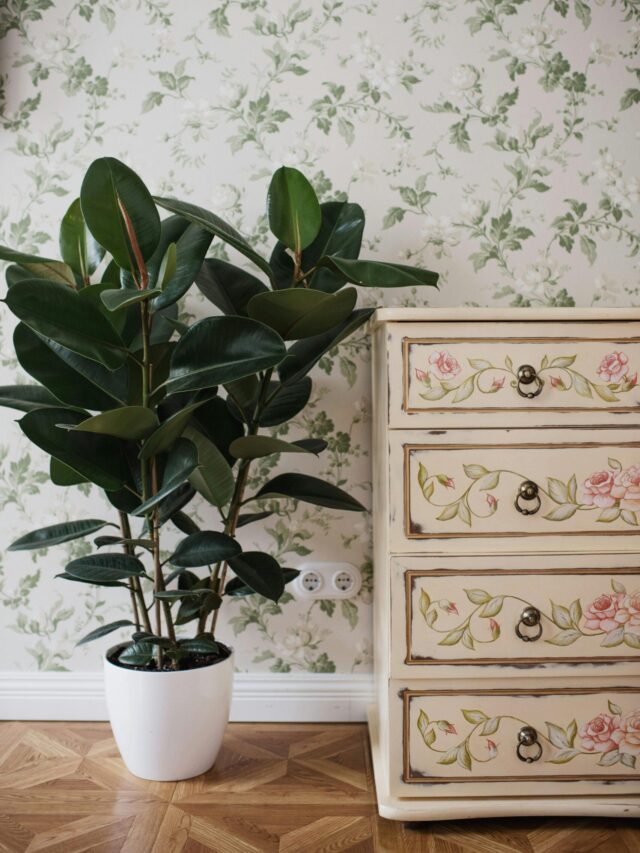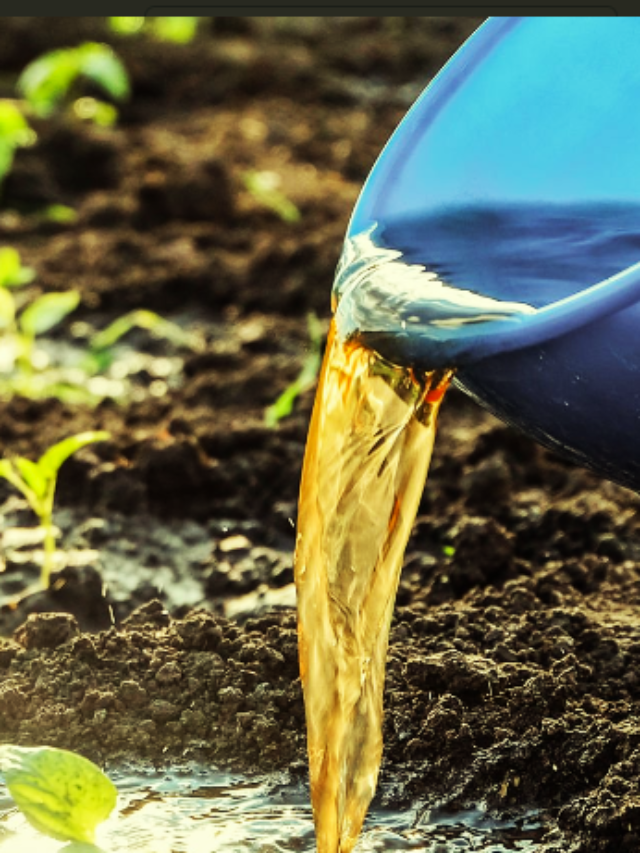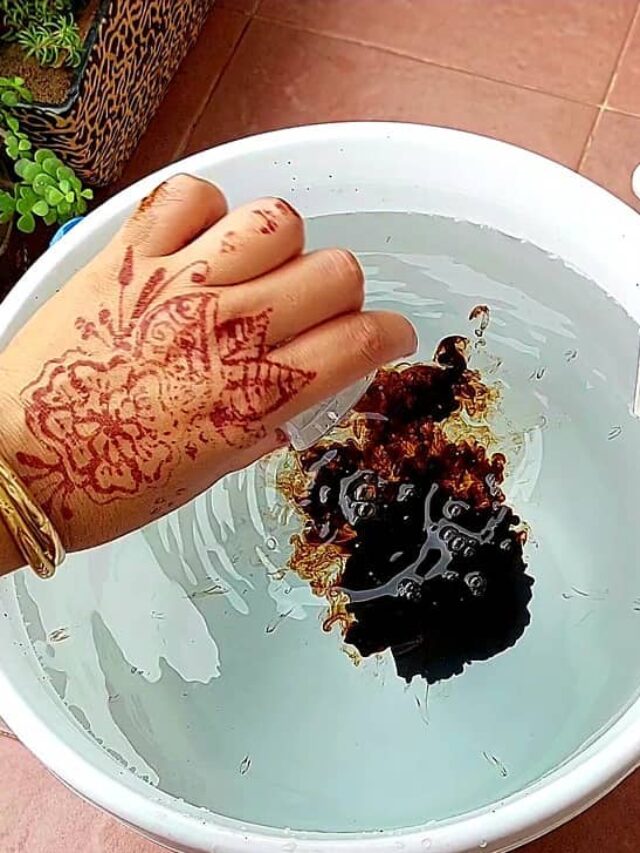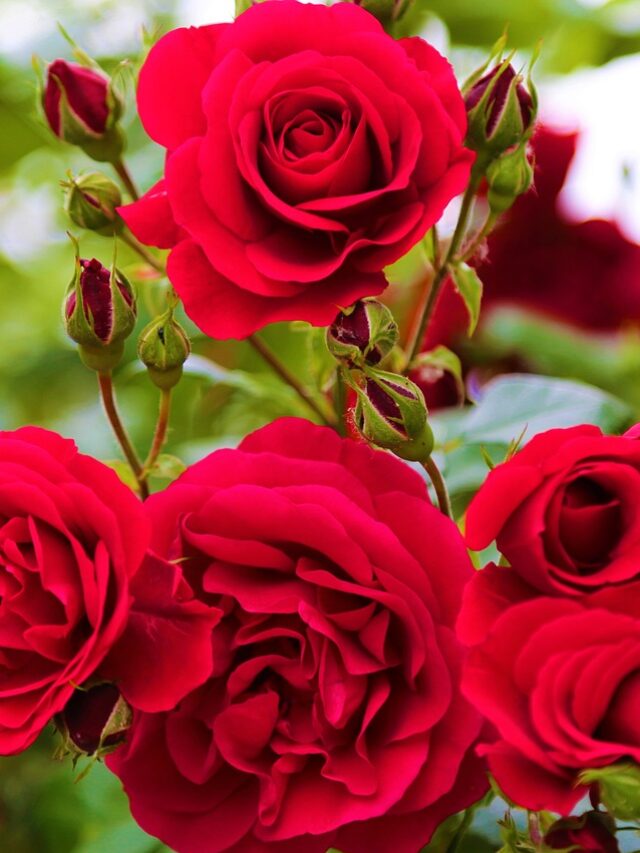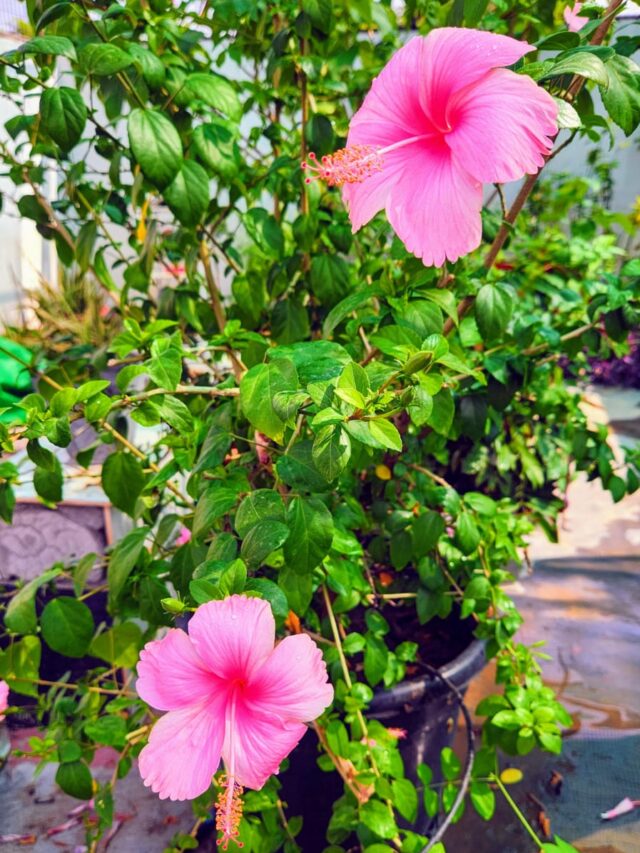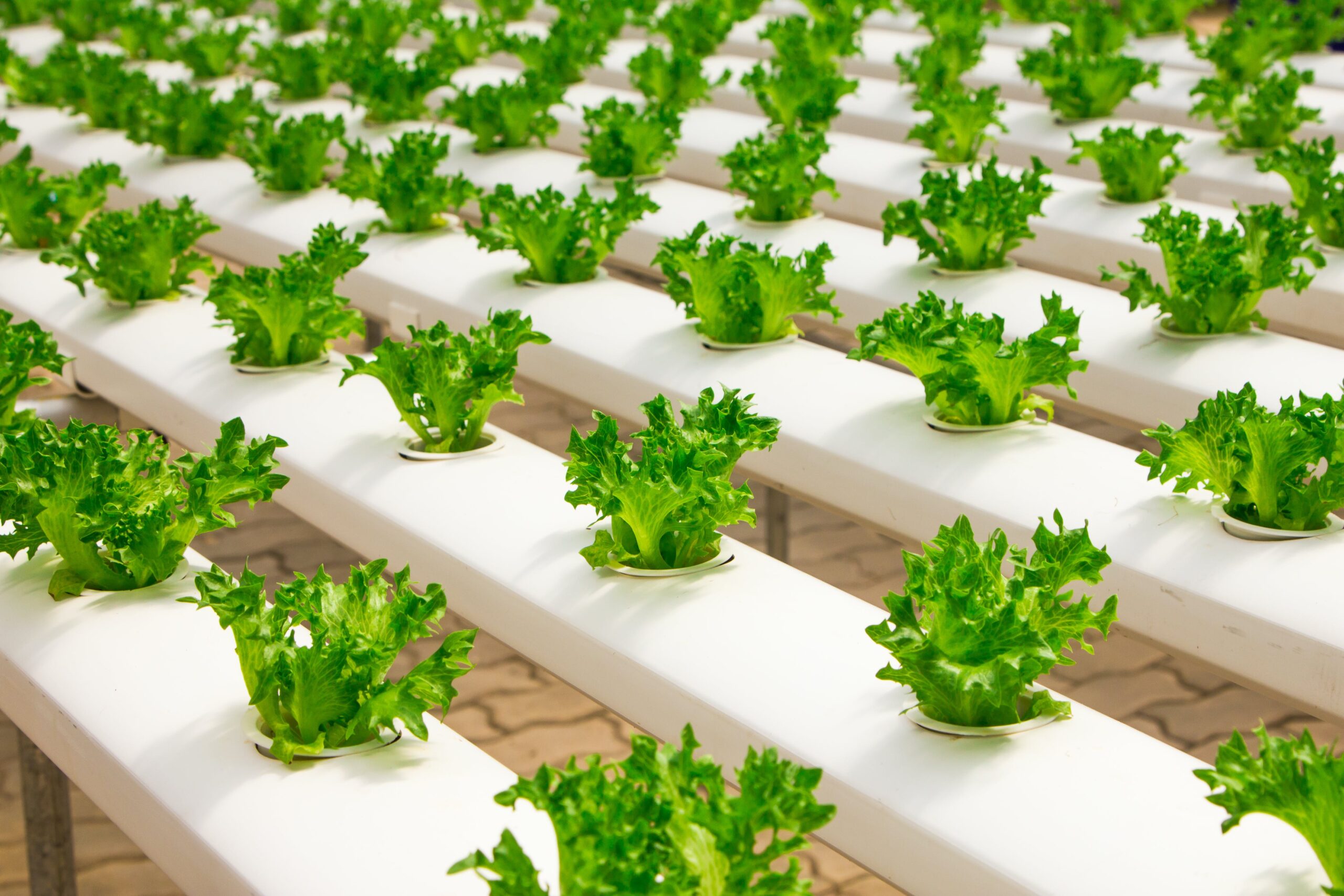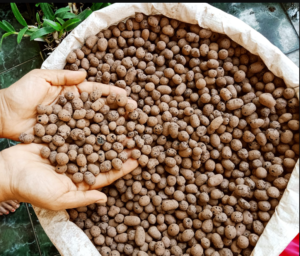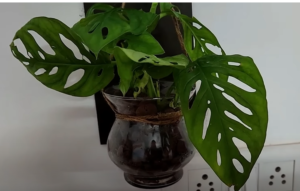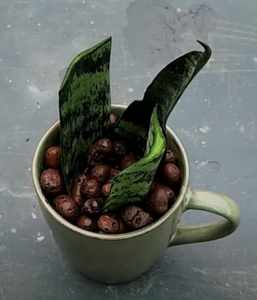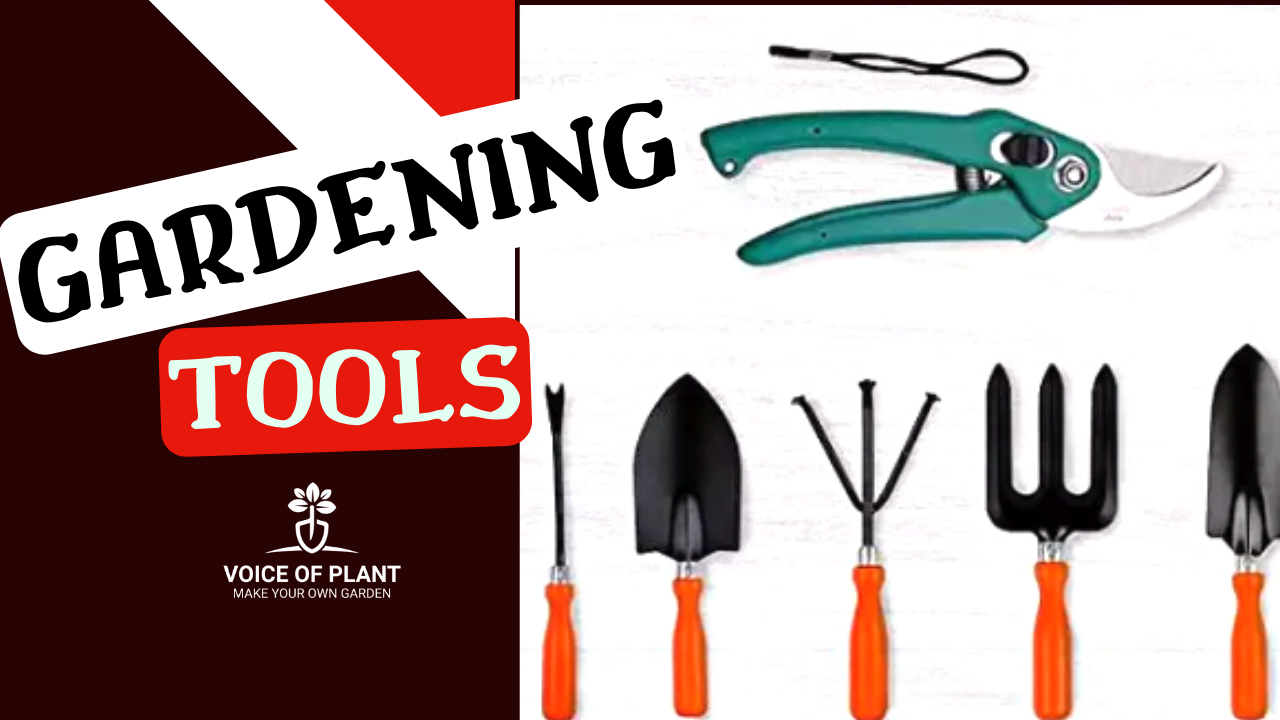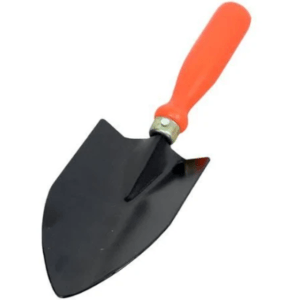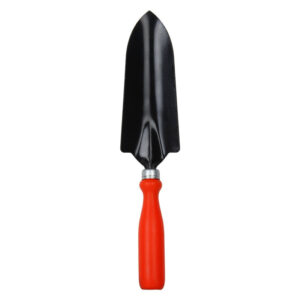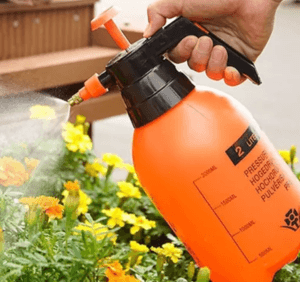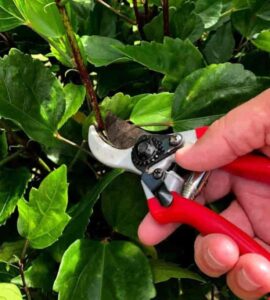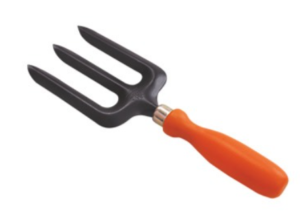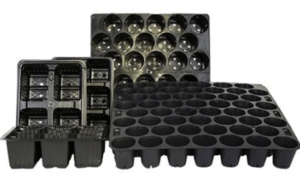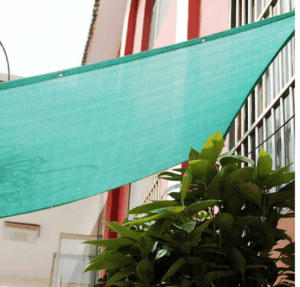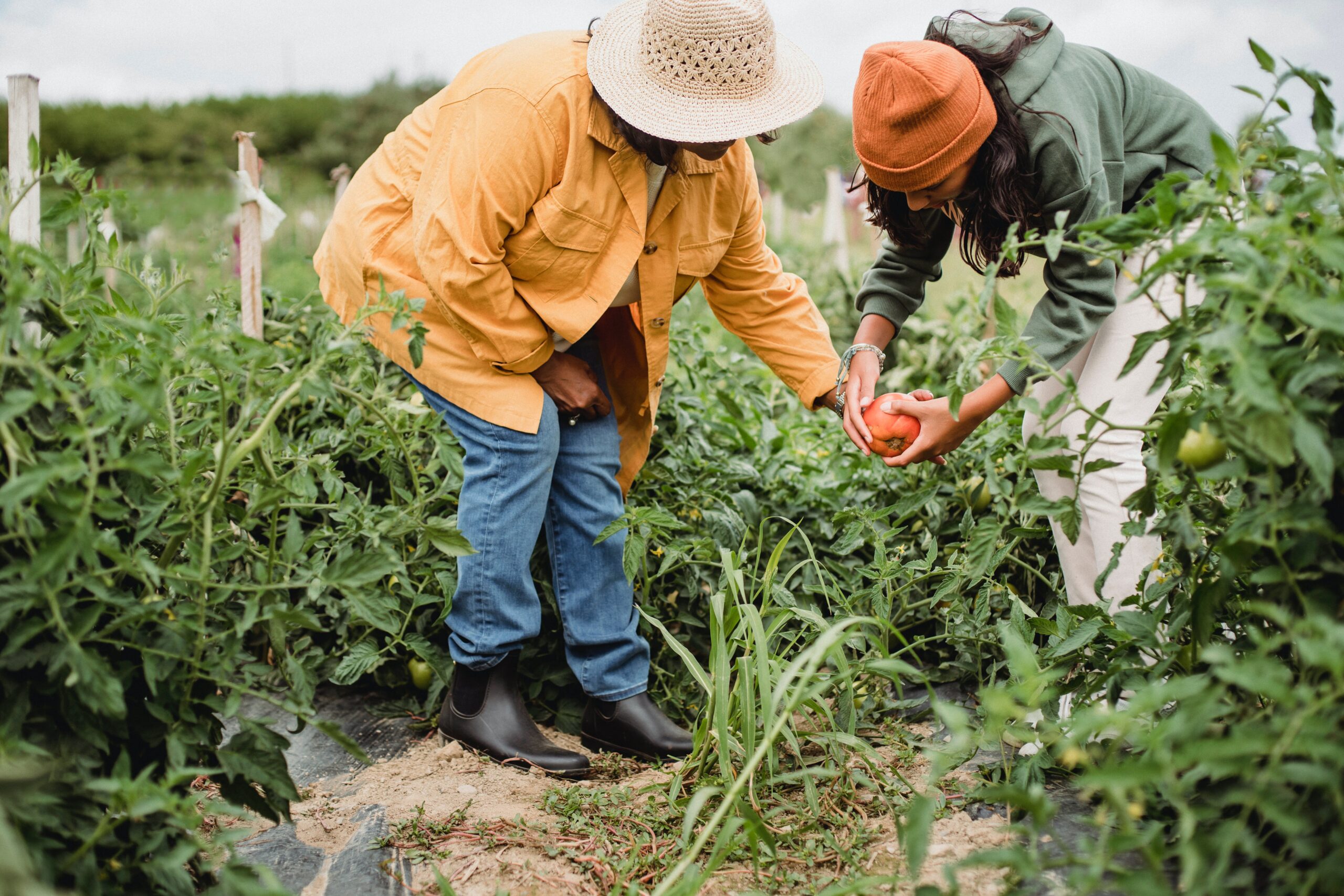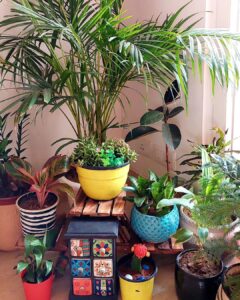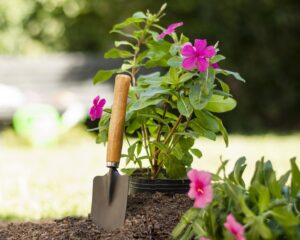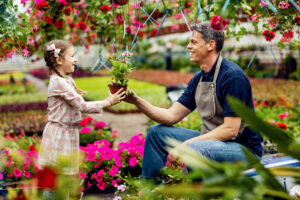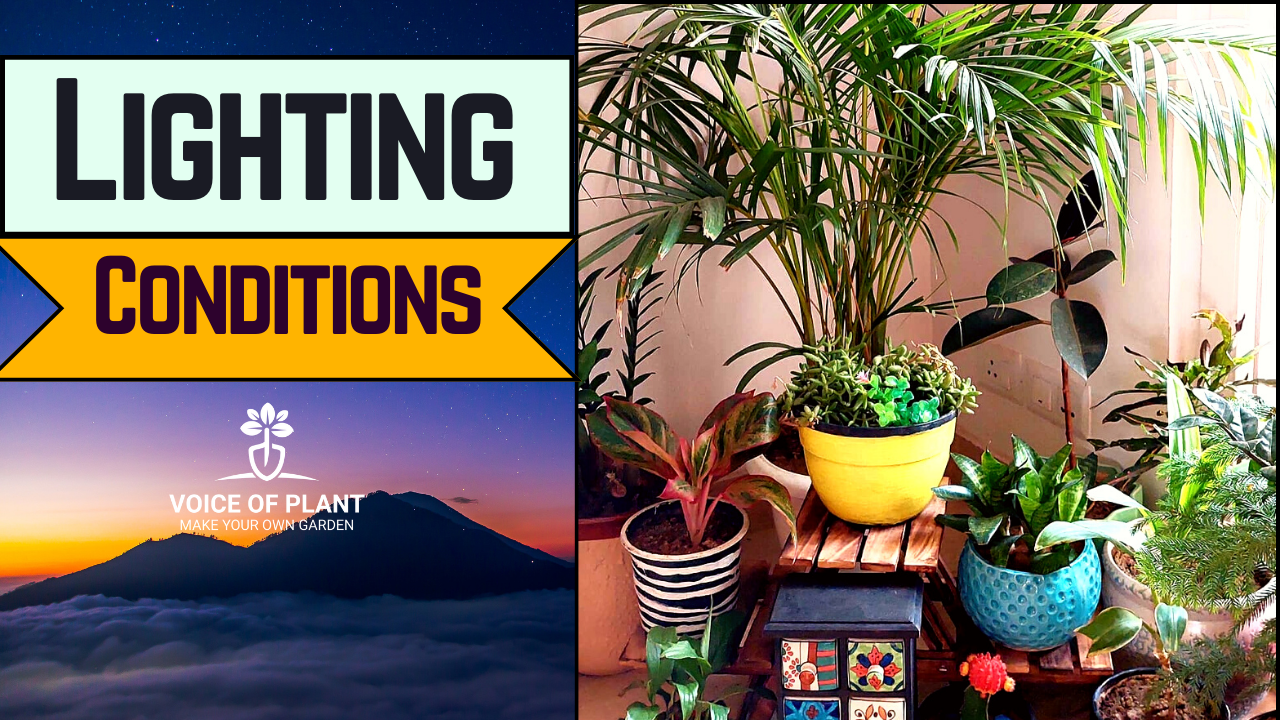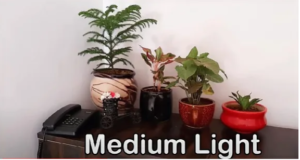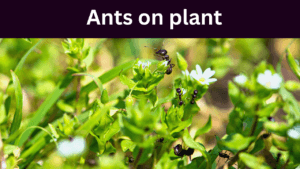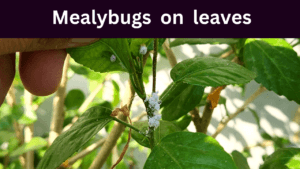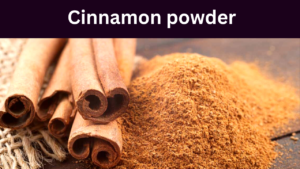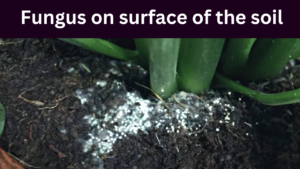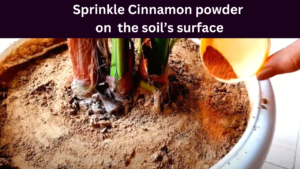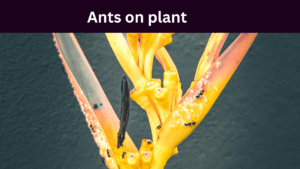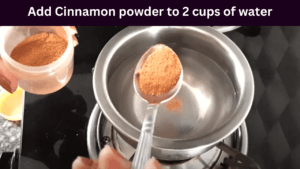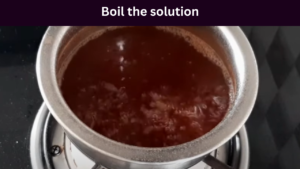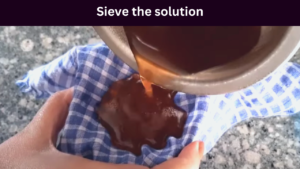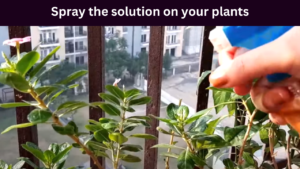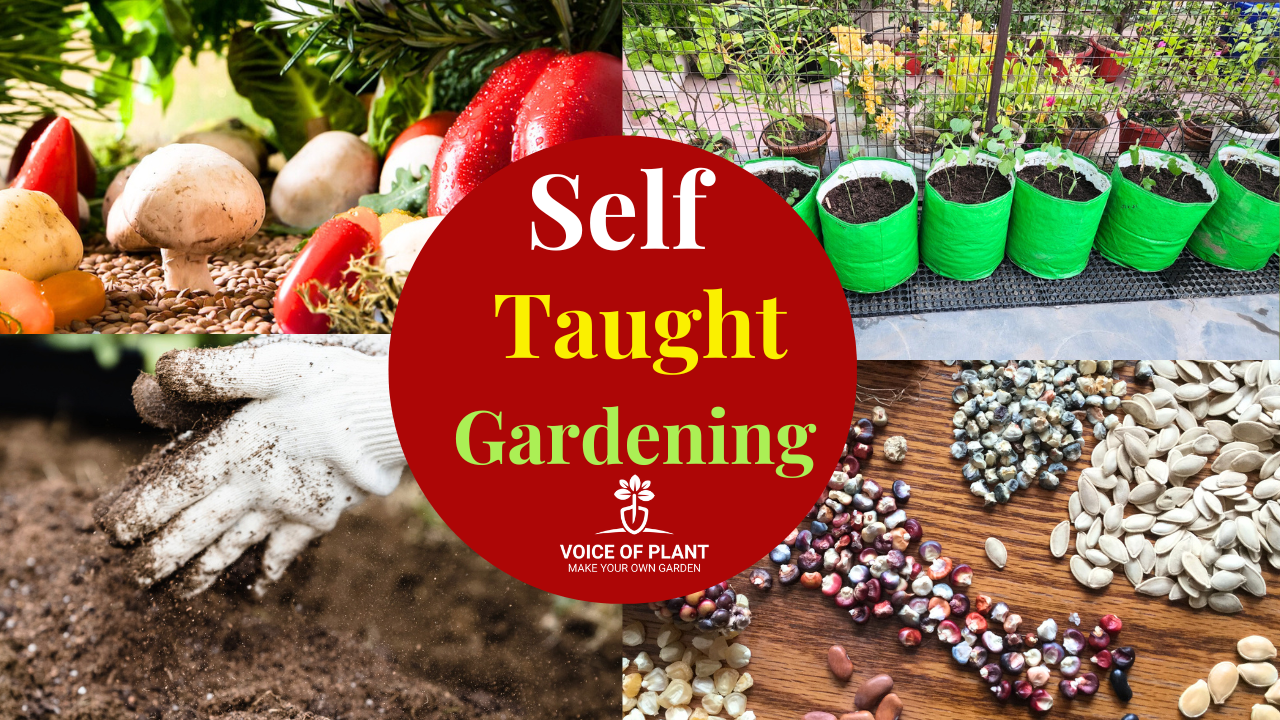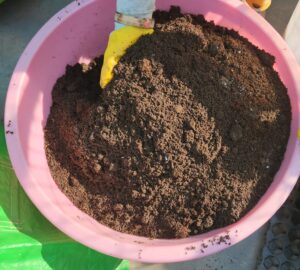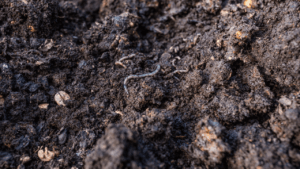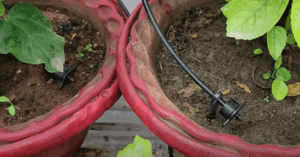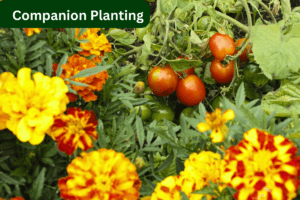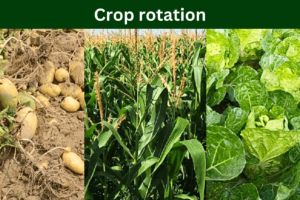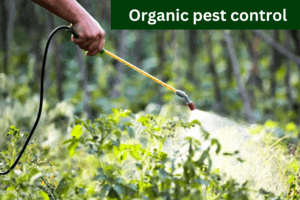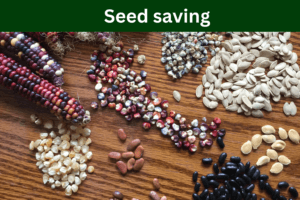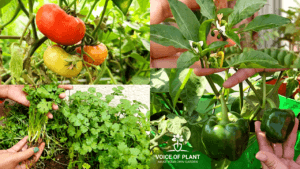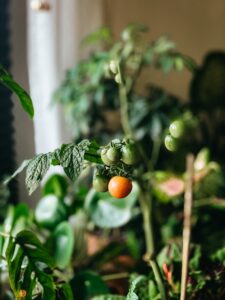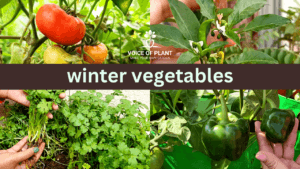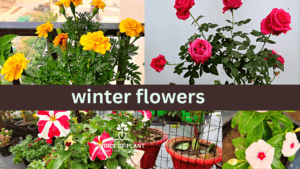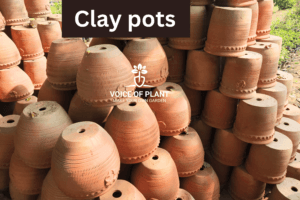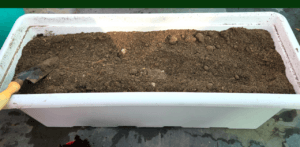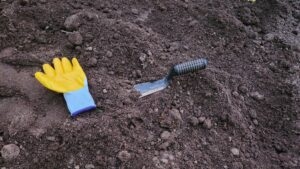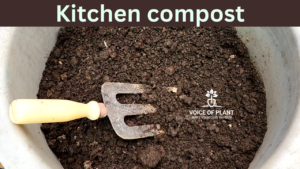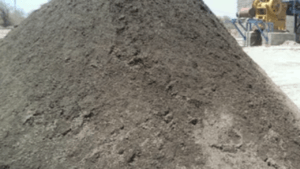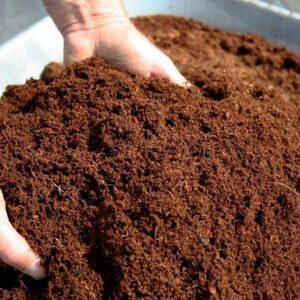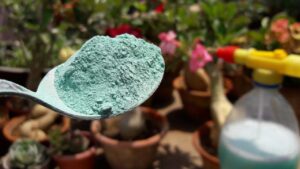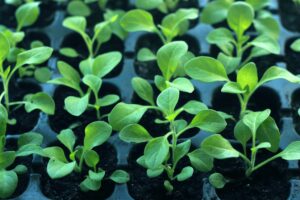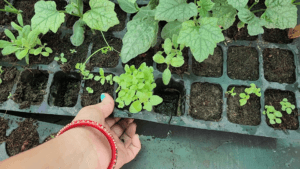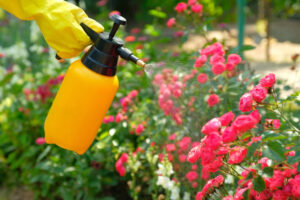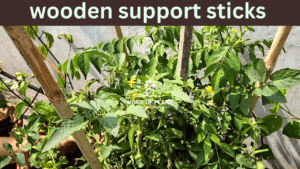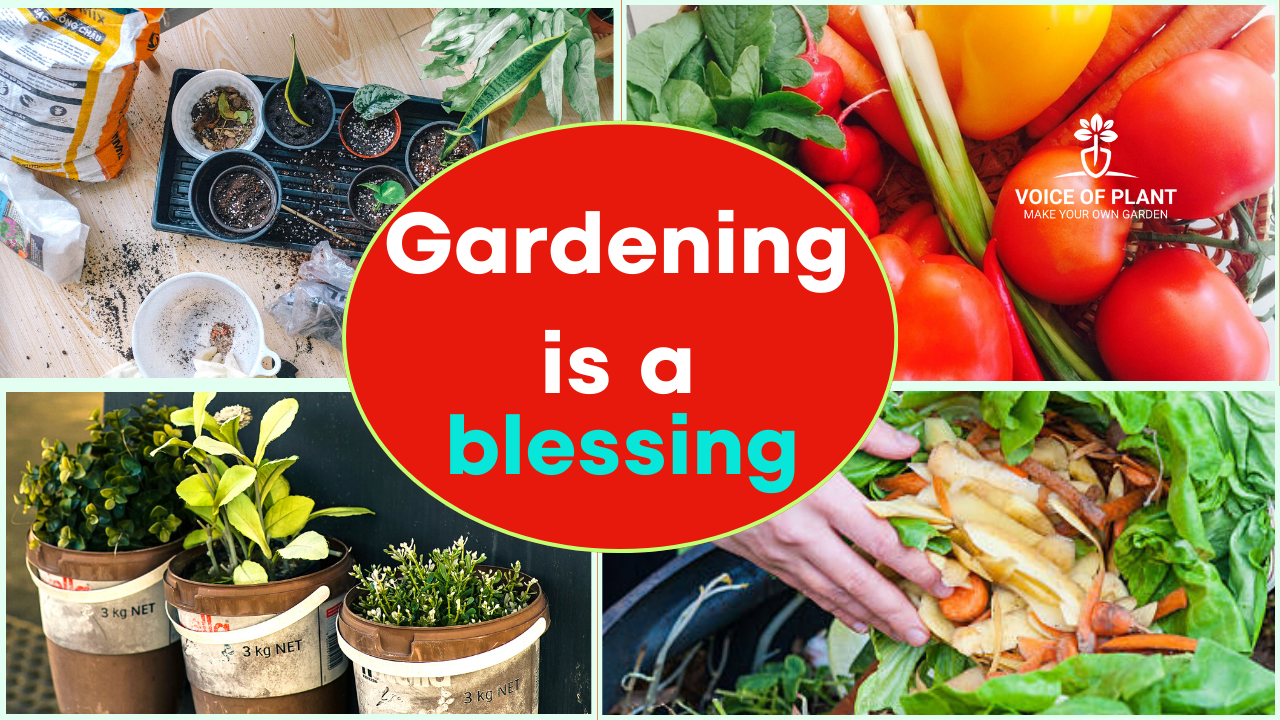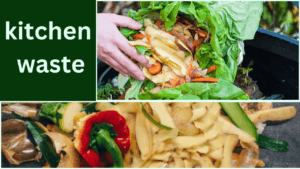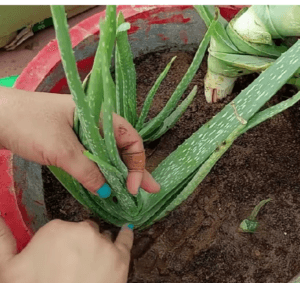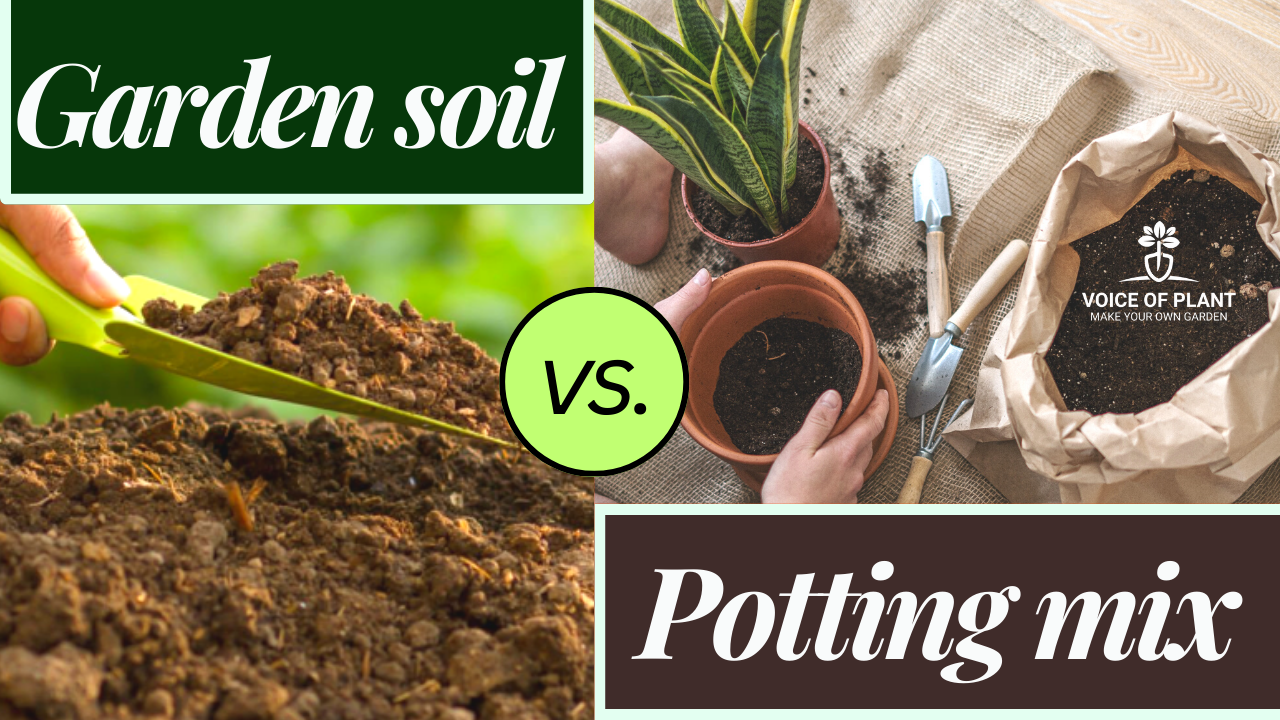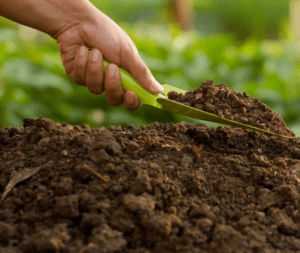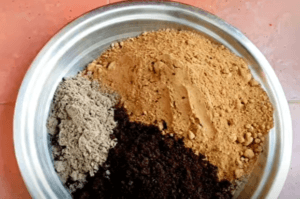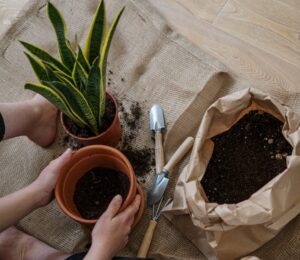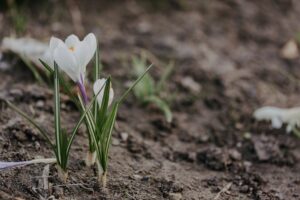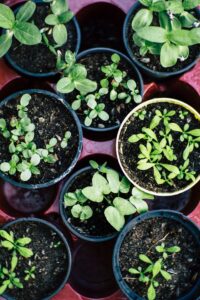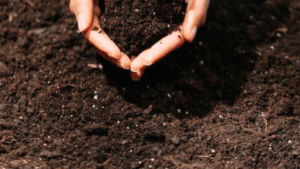Hydroponics Demystified: Growing Plants Without Soil
In the ever-evolving world of agriculture, hydroponics has emerged as a revolutionary technique, challenging traditional soil-based cultivation methods. This is particularly relevant to those places where arable land is precious, and water resources are increasingly scarce.
Hydroponics offers a sustainable solution for cultivating crops in a country grappling with resource limitations.
In this article, we delve into the concept of hydroponics and explore its application:
Understanding Hydroponics
Hydroponics is a method of growing plants without soil, where nutrient-rich water solutions directly feed the plant roots.
The term ‘hydroponics’ originates from the Greek words ‘hydro’ (water) and ‘ponos’ (work), encapsulating the essence of this innovative cultivation technique.
How Does Hydroponics Work?

Instead of relying on soil to provide plants with nutrients, hydroponic systems use various mediums such as perlite, vermiculite, coco coir, or even water alone to support plant roots. Here’s a simplified explanation of how hydroponics works:
1. Nutrient Solution: Plants require essential nutrients for growth.
- In hydroponics, these nutrients are dissolved in water to create a carefully balanced nutrient solution, providing optimal nourishment for plants.
2. Growing Medium: In the absence of soil, a growing medium serves as a support structure for plant roots.
- This medium holds the plant in place while enabling roots to absorb nutrients from the nutrient solution.
3. Roots and Oxygen: Plant roots in hydroponic systems are either submerged or periodically exposed to the nutrient solution.
- Ensuring adequate oxygen for the roots is crucial and can be achieved through techniques such as oxygenating the nutrient solution or using aerated systems.
4. Controlled Environment: Hydroponic setups often operate in controlled environments where factors like temperature, humidity, and light can be optimized for plant growth.
- This proves particularly advantageous for cultivating crops year-round, overcoming seasonal variations.
By adopting hydroponics, nation has the potential to revolutionize its agricultural practices, maximizing yield while conserving precious land and water resources.
- As the nation faces increasing challenges related to climate change and resource scarcity, hydroponics stands out as a sustainable and forward-thinking solution for the future of agriculture.
Types of Hydroponic Systems
1. Deep Water Culture (DWC): In this system, plants float on a nutrient solution, with their roots suspended in the water. Air stones or pumps are used to oxygenate the solution, ensuring that roots receive an ample supply of oxygen.
2. Nutrient Film Technique (NFT): A thin film of nutrient solution flows over the plant roots, providing essential nutrients while allowing roots to access oxygen from the air.
3. Ebb and Flow (Flood and Drain): This system involves periodically flooding plants with the nutrient solution and then draining it, creating a cycle that ensures a consistent supply of nutrients and oxygenation.
4. Wick System: A simple and passive system that utilizes a wick to draw nutrient solution from a reservoir to the plant roots.
Benefits of Hydroponics

1. Water Efficiency: Hydroponic systems use significantly less water compared to traditional farming methods, a critical advantage in water-scarce regions around the world.
2. Space Utilization: Hydroponics allows for vertical farming and can be practiced in urban settings, maximizing the use of limited land resources.
3. Year-round Cultivation: Controlled environments in hydroponics enable year-round cultivation, reducing the dependency on seasonal crops.
4. Higher Yields and Faster Growth: Under optimal conditions, plants in hydroponic systems often exhibit faster growth rates and higher yields compared to conventional methods.
5. Reduced Pesticide Use: The controlled environments in hydroponics can minimize the incidence of pests and diseases, leading to a reduced need for chemical pesticides.
Hydroponics offers a ray of hope for sustainable agriculture in the world, combining innovation with efficiency. By reimagining plant cultivation without the constraints of soil, hydroponics paves the way for a greener agricultural future.
As world grapples with challenges such as land scarcity and water stress, embracing techniques like hydroponics can usher in a new era of sustainable farming, ensuring food security while preserving precious natural resources.
Happy gardening!!
